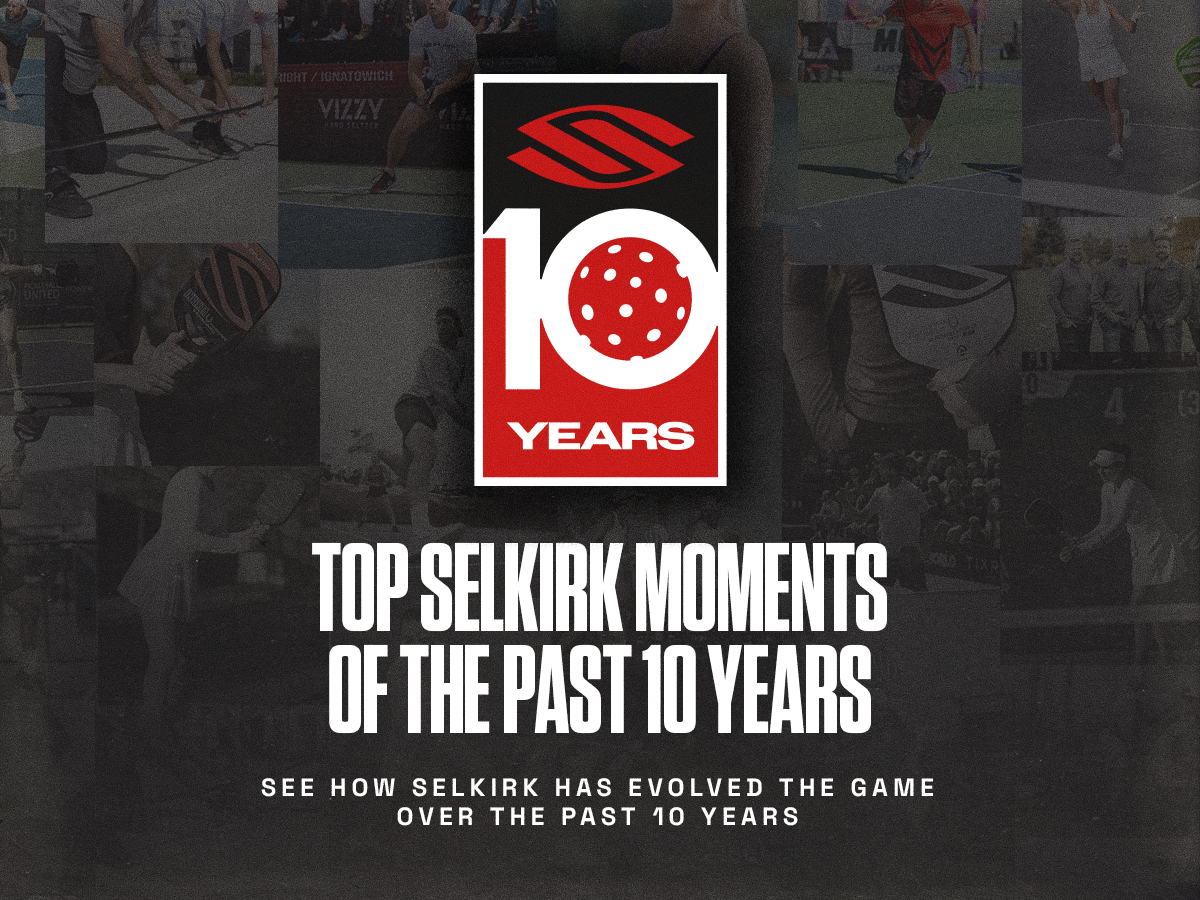
When pickleball was just starting to become popularized, players typically only used the third shot to drop the ball into the kitchen. Now, however, many players use it as an opportunity to be aggressive.
Now that there are two very different ways the third shot can be played, many players question where they should be standing when their partner is executing the third shot.
The answer varies by what you and your partner are hoping to achieve on the point.
In this episode of the “Impactful Efficiency in Pickleball” course on Selkirk TV, professional pickleball manager and coach Athena Trouillot shares a few tips to help improve your teamwork and team positioning on the pickleball court.
Where to position yourself if you want to be aggressive on the third shot
The player who executes the third shot will know whether it is a good shot or not as it comes off the paddle. This will enable them to make an informed decision on whether or not to move up.
If their partner is standing next to or behind them, they will often wait for the partner executing the third shot to move forward before they do. This often results in the player who executes the shot making it to the kitchen line in time for the next return, but the partner is often stuck in the transition zone, making them an easy target.
So, if as a duo, you’re looking to be aggressive and place pressure on your opponent’s fourth shot, the partner not executing the shot should be positioned slightly in front of the partner who is hitting the third shot.
The partner in front can watch as their partner executes the third shot and once they see it’s a good hit, they can start moving to the line. As they’re already positioned in front of the partner executing the third shot, they will make it to the kitchen line first.
This puts pressure on your opponents because now they don’t have an easy target for their fourth shot.
The only way the popular “shake and bake” play can work is if the partner not executing the third shot starts slightly ahead of their partner. This allows you to capitalize on any popped-up fourth shots.
How to adjust to a poor third shot by reading your partner’s cues
Many people think that because the partner is cheating forward on the court, they will be punished if their partner hits a bad third shot. That’s not true.
However, this is where communication comes into play. If the player hitting the third shot feels it is poor, they should immediately say “watch” or “back.” This tells their partner to back up and prepare to defend.
You must be able to make adjustments based on the cues your partner sends.
For example, if your partner is positioned steadily, with body weight forward, as they execute a drop, the chances are, that it will be a solid drop. So you can cheat forward toward the kitchen.
Likewise, if your partner is behind the baseline and trying to hit a shot with one leg up in the air, it’s a pretty good signal that you should prepare to defend. Chances are, their drop won’t be good.
Again, communication is key. If the partner hitting the third shot feels it’s going to be a good one, consider saying something like “go” so your partner knows to move forward.
Download the Selkirk TV app HERE to watch the complete episode and many other Selkirk TV original shows, podcasts, lesson series from the pros, and much more.























































